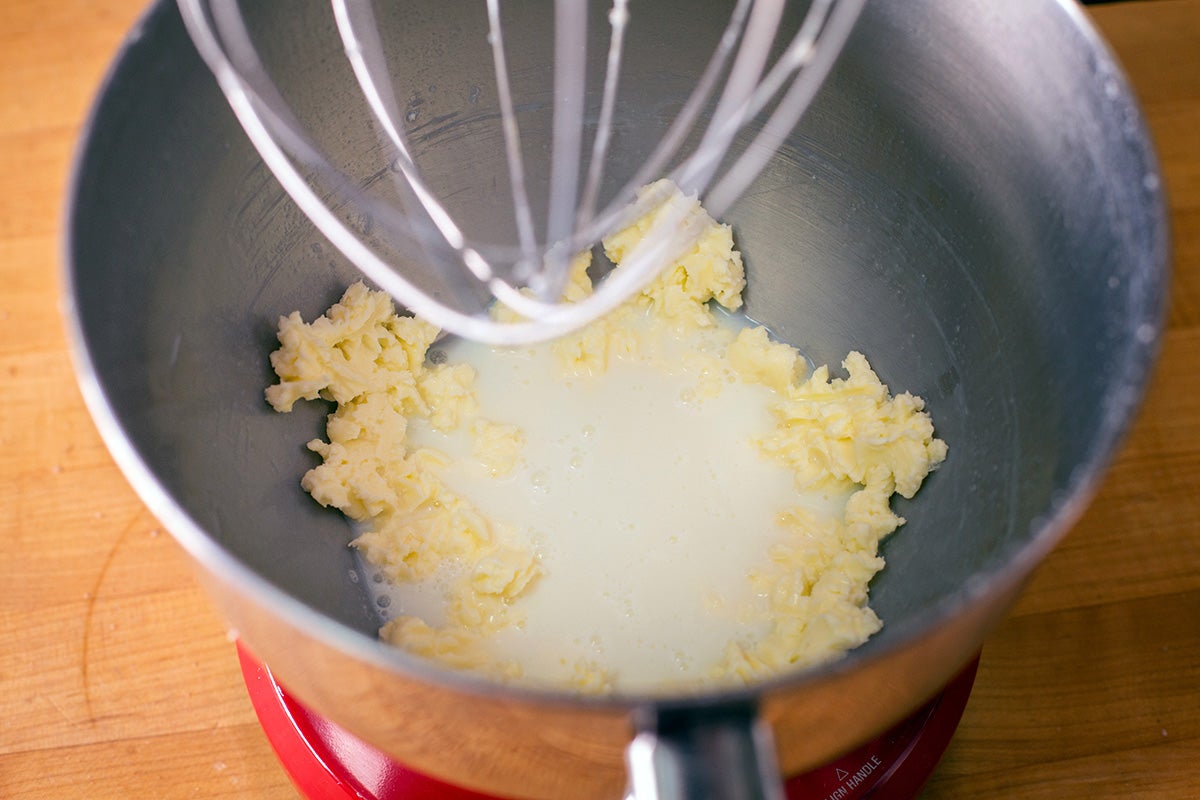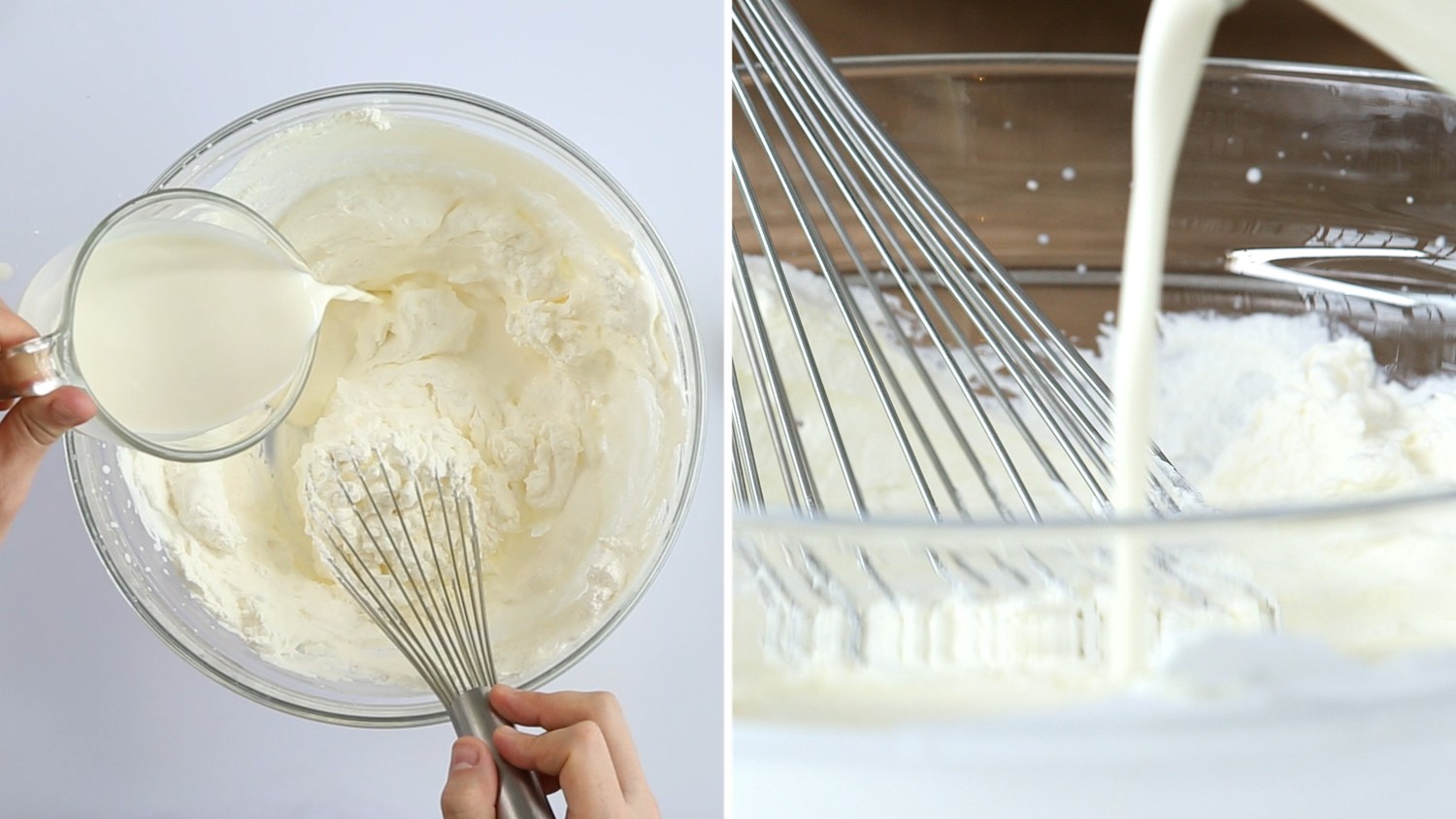Have you ever faced the frustration of a malfunctioning whipped cream can, leaving you with a deflated culinary endeavor? Don’t despair! Whipped cream cans may seem like simple gadgets, but understanding their mechanics and employing a few troubleshooting techniques can turn that frown upside down. Embark on this journey as we delve into the intricacies of whipped cream cans, uncovering the secrets to reviving their effervescent nature.

Image: thegoneapp.com
Anatomy of a Whipped Cream Can
A whipped cream can is a stalwart culinary companion, designed to transform humble cream into an ethereal culinary delight. Its secret lies within its intricate mechanism, comprising several key components:
- Cartridge: The cylindrical metal container, usually filled with nitrous oxide (N2O), which acts as a propellant to aerate the cream.
- Cream Chamber: The larger compartment designed to hold the cream, often marked with a fill line to prevent overfilling.
- Valve: A crucial gatekeeper, regulating the release of pressurized gas and cream as you press the nozzle.
- Nozzle: A specialized tip that shapes the whipped cream as it flows out of the can, determining its texture and presentation.
Troubleshooting: Why Won’t My Whipped Cream Can Spray?
When your whipped cream can refuses to cooperate, don’t resort to hasty disposal. Instead, consider these potential culprits:
-
Empty or Leaking Cartridge: The primary culprit behind a non-dispensing whipped cream can is an empty or leaking cartridge. N2O, being a gas, can escape over time, especially if the cartridge seal isn’t airtight. Replace the cartridge with a fresh one to solve the issue.
-
Clogged Valve: The valve is a sensitive component prone to clogs, particularly when exposed to cream residues or foreign particles. A clog in the valve can prevent the flow of gas and cream, resulting in a futile endeavor.
-
Incorrect Assembly: It may seem obvious, but incorrect assembly of the whipped cream can lead to dispenser woes. Ensure that all components are correctly fitted and securely tightened to maintain an airtight seal.
Mastering the Fix: Unclogging Techniques
Armed with the knowledge of potential causes, let’s explore the techniques to unclog and resurrect your whipped cream can:
-
Gently Shake and Tap: Give the can a gentle shake to help disperse cream residues or particles potentially obstructing the valve. Follow with a few cautious taps on the bottom of the can, but avoid excessive force that could damage the mechanism.
-
Submerge in Warm Water: In a gentle approach, submerge the sealed whipped cream can in a bowl of warm water. The warmth can help dissolve any cream residue at the valve opening. Remember to keep the cartridge and nozzle above water to prevent moisture intrusion.
-
Clear Debris with a Pin or Needle: For a more delicate operation, carefully insert a thin object, such as a toothpick or needle, into the valve opening. Wiggle it gently to dislodge any clogs, exercising caution not to damage the valve’s internal parts.
-
Chemical Flush: In more stubborn cases, a chemical flush can be employed to eradicate clogs. Disassemble the whipped cream can and soak the valve in a solution of vinegar and water (1:1 ratio) for 30 minutes. Rinse thoroughly with clean water before reassembling to prevent corrosion.
-
Consult a Professional: If all else fails, consider seeking assistance from a professional appliance repair technician to diagnose and fix the issue. They possess the expertise and specialized tools to address complex problems efficiently.

Image: www.marthastewart.com
How To Fix Whipped Cream Can That Won’T Spray
Conclusion: Sweet Victory
Whipped cream cans are indispensable tools in the kitchen, elevating desserts and beverages with their delicate, airy touch. By understanding their functionality and employing the troubleshooting techniques outlined above, you can confidently troubleshoot common issues and restore these culinary aids to their former glory. Remember, a well-maintained whipped cream can is a recipe for sweet culinary adventures!